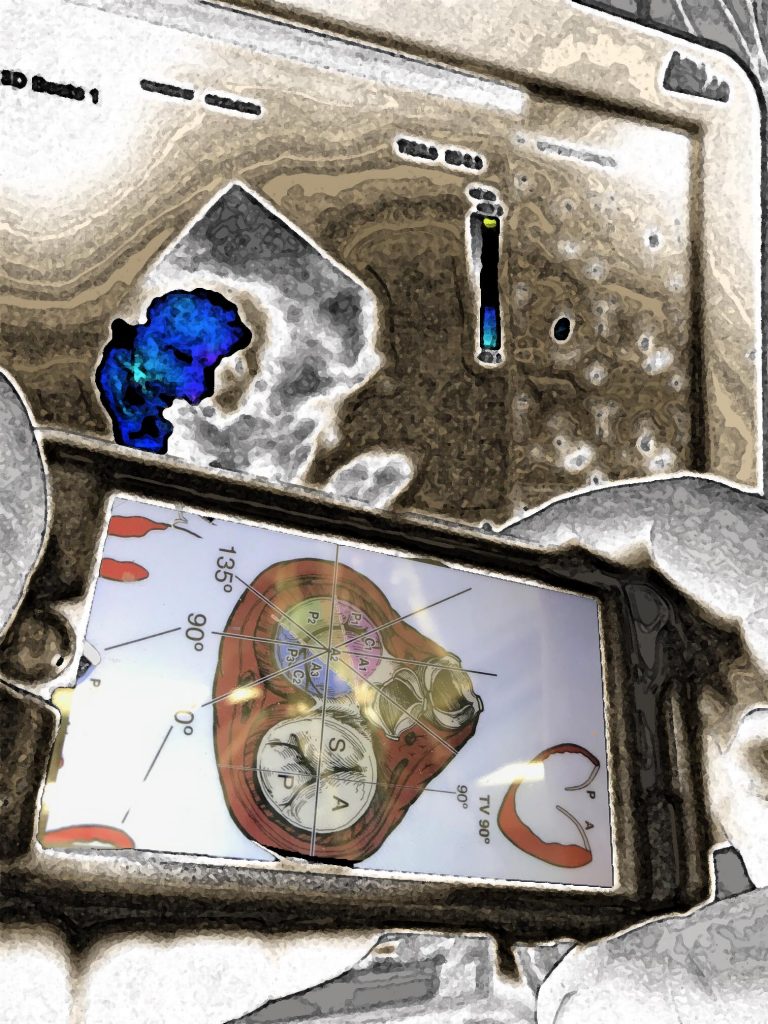Echocardiography-Guided Aortic Cannulation by the Seldinger Technique for Type A Dissection with cerebral malperfusion

Objective
The purpose of this study was to assess the efficacy of echocardiography-guided ascending aortic central cannulation using the Seldinger technique during surgery for type A acute aortic dissection complicated by stroke due to cerebral malperfusion.
Methods
Between April 2007 and December 2017, 208 patients with type A acute aortic dissection underwent echocardiography-guided ascending aortic central cannulation using the Seldinger technique. We analyzed 16 of these patients (7.7%; median age, 63 years; 8 men) with stroke due to cerebral malperfusion, including 10 in a comatose state (Glasgow Coma Scale ≤8) and 6 with hemiplegia (manual muscle test ≤1) on hospital arrival. The Modified Rankin Scale was used to evaluate activities of daily living.
Results
The median time from onset of symptoms to establishment of cardiopulmonary bypass was 327 (176-561) minutes. The median time from the start of surgery to establishment of cardiopulmonary bypass was 34 (30-44) minutes. The mortality rate was 6.3% (1/16). In patients with preoperative coma, the Glasgow Coma Scale improved significantly after surgery from 4.5 to 15 at 30 days (P < .001). In patients with preoperative hemiplegia, 4 showed improved motor function on the manual muscle test score at 90 days. In all patients, Modified Rankin Scale scores improved significantly from 5.0 preoperatively to 1.0 after follow-up (P < .001).
Conclusions
Echocardiography-guided ascending aortic central cannulation using the Seldinger technique has potential as a rapid and reliable perfusion route during surgery for type A acute aortic dissection complicated by stroke due to cerebral malperfusion.
